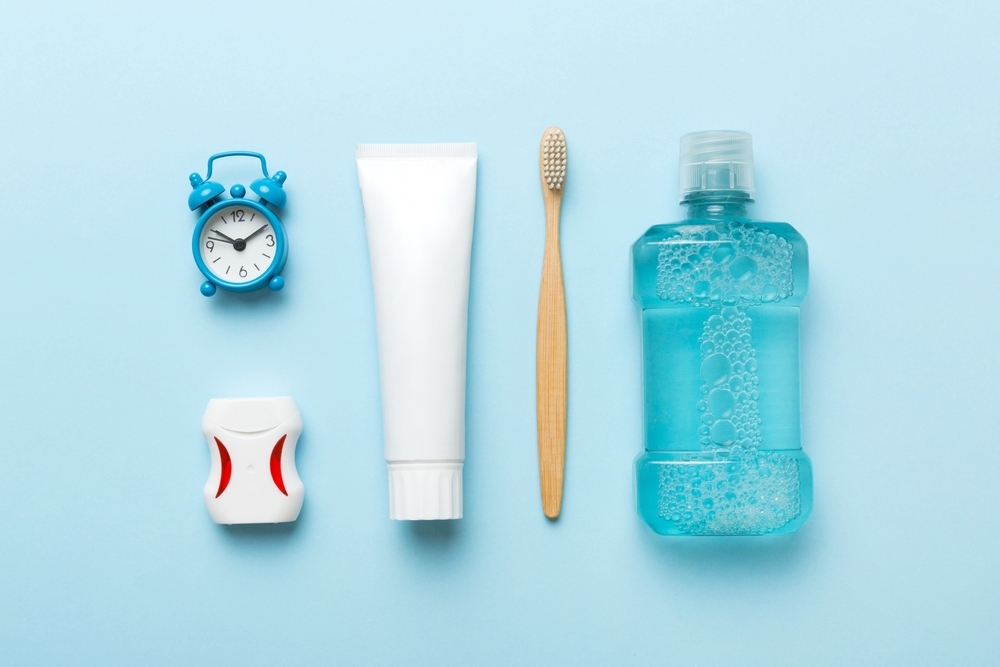
Maintaining a healthy smile requires a solid oral hygiene routine, but many people are not sure about the best sequence for flossing, using mouthwash and brushing. Today we are clarifying the ideal order and why it matters for your dental health.
1. Flossing First
Starting with flossing may seem counterintuitive, but it is an effective way to begin your oral care routine. Flossing removes food particles and plaque buildup from between your teeth, areas that brushing often misses. By flossing first, you dislodge debris, allowing the subsequent steps to be more effective.
Tips for Flossing:
• Use about 18 inches of floss, winding it around your fingers.
• Slide the floss gently between your teeth, forming a C-shape to ensure you clean both sides of each tooth.
• Be thorough but gentle to avoid damaging your gums.
2. Brushing
After flossing, move on to brushing your teeth. Use a fluoride toothpaste and a soft-bristled toothbrush. Brush for at least two minutes, ensuring you cover all surfaces—front, back and chewing areas. Brushing after flossing helps to remove any remaining plaque or debris that may have been loosened during the flossing process.
Brushing Tips:
• Hold your toothbrush at a 45-degree angle to your gums.
• Use gentle, circular motions, and do not forget your tongue!
• Rinse your toothbrush after use and store it upright to air dry.
3. Using Mouthwash
Finally, finish your routine with mouthwash. Rinsing after brushing enhances your oral hygiene by reaching areas that brushing and flossing might miss. Choose a mouthwash that contains fluoride for added protection against cavities and helps freshen your breath.
Mouthwash Tips:
• Swish the mouthwash in your mouth for 30 seconds to a minute, as recommended on the label.
• Avoid eating or drinking for at least 30 minutes afterward to allow the fluoride to take effect.
Why This Order Matters
By flossing first, you effectively prepare your teeth for brushing, ensuring that all surfaces are clean. Brushing afterward allows you to remove any dislodged particles, while mouthwash provides a final rinse that helps eliminate bacteria and freshen your breath.
Conclusion
Establishing a routine that follows this order—flossing, brushing and then using mouthwash—can significantly enhance your oral hygiene efforts. Remember to floss and brush at least twice a day, and please do not forget to visit your dentist regularly for check-ups and cleanings. With this routine, you will be well on your way to maintaining a healthy, bright smile!
